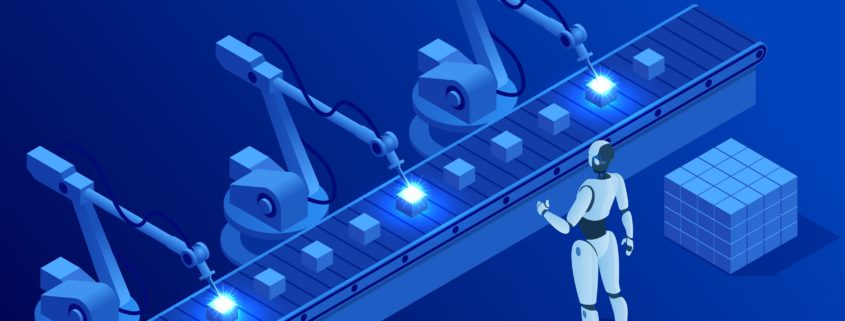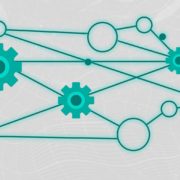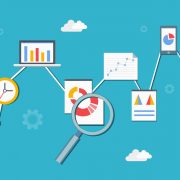The Future of Work: How Automation and AI Are Transforming Industries
In today’s ever-evolving digital landscape, industries are constantly seeking ways to stay ahead of the curve. One notable solution that stands out is hyperautomation. This solution takes the forefront as mankind is propelled into a digital age where businesses are driven by efficiency and innovation. It’s propelling industries into a new era where even the most complex tasks are executed seamlessly. As one delves deeper, this post uncovers how the fusion of automation and artificial intelligence (AI) is creating ripples across the corporate landscape.
1. Unravelling the Essence of Hyperautomation
In the pursuit of optimising business operations, a new phenomenon has emerged. It isn’t just the simple act of automating tasks. Rather, it’s a transformative process that integrates AI with automation tools, establishing a synergy that allows for end-to-end business process solutions. This integration extends beyond the capabilities of traditional automation, ensuring businesses cater to a holistic approach where machines not only perform tasks but also learn, adapt, and make informed decisions. Such a setup ensures that the operations are both swift and smart.
2. Impact on Productivity and Efficiency
As industries grow and adapt, there’s an incessant need for improved productivity. With this solution at play, efficiency undergoes a revolutionary transformation. Processes that once took weeks, bogged down by manual interventions and delays, can now be completed in mere days or even hours. By offloading repetitive tasks from human shoulders, employees find themselves with more time and energy to dedicate to strategic, creative, and value-driven initiatives. This drives up productivity and fosters a culture of innovation and proactive problem-solving.
3. Enhancing Customer Experiences
In the age of consumerism, businesses are often judged by the experiences they provide. Integrating AI with hyperautomation ensures that the customer journey goes beyond the mundane and ventures into the realm of the extraordinary. Instead of generic interactions, this technology anticipates customer needs by analysing data patterns. It tailors experiences that resonate deeply with individual preferences, ensuring that every touchpoint feels personal and engaging. In a marketplace crowded with competition, such personalised experiences can be the difference between a loyal customer and a lost opportunity.
4. Jobs in Today’s Age
While technological advancements often come with apprehensions of displacing jobs, the reality offers a different perspective. Undoubtedly, certain roles might face obsolescence in the face of advanced automation. However, it’s equally true that this very technology will give rise to a plethora of new roles and opportunities. These positions will demand a unique blend of technological expertise, human intuition, and creativity. In essence, the workforce of tomorrow will be more versatile, adaptive, and tech-savvy.
5. Business Process Management and the Next Steps
In the quest for efficiency and scalability, integrating business process management hyperautomation stands out as a crucial step. This approach ensures that the entire lifecycle of a business process, from its initiation to execution, is meticulously streamlined. For businesses, this calls for a moment of introspection and re-evaluation of current strategies. Embracing this ecosystem means automating routine tasks and imbibing intelligence into every process. The future beckons organisations to shift from mere operations to intelligent orchestrations.
Conclusion
As industries navigate the complexities of a digital age, hyperautomation offers a beacon of transformation. The confluence of automation and AI doesn’t merely signify a change in work processes; it heralds a paradigm shift in the very ethos of business. For industries aiming to carve a niche, recognising this shift and recalibrating their strategies is not just beneficial—it’s essential for a future that promises growth, innovation, and endless possibilities. Navigating this digital transformation requires both foresight and adaptability. Companies that harness its power today are positioning themselves as the leaders of tomorrow, driving change and setting benchmarks for industry standards.


















